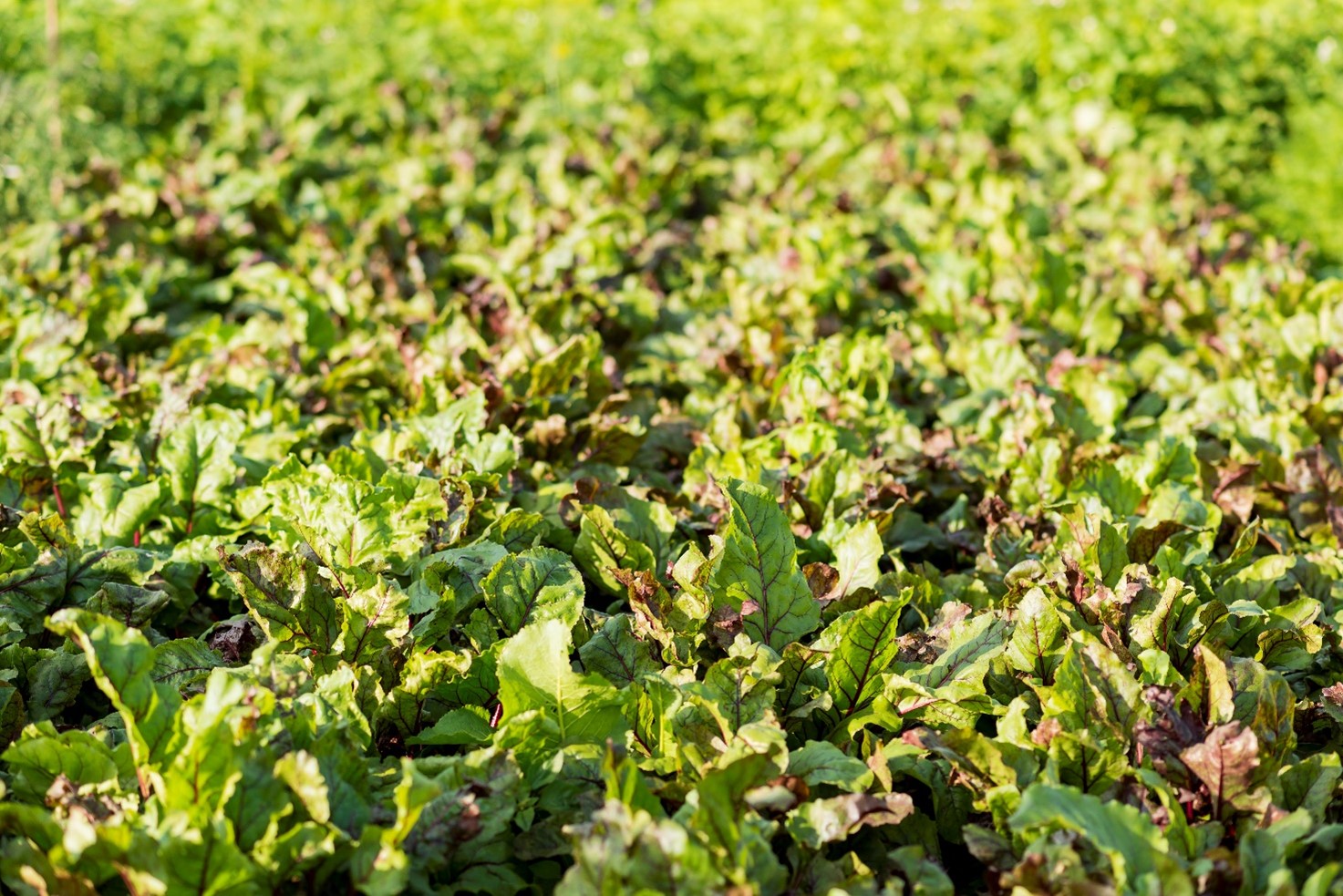The European strategy “Farm to Fork" aims at reducing of 50% the use of pesticides, diminishing of 20% the employment of chemical fertilizers and, at the same time, increasing the agricultural land for organic farming.
Organic farming in Italy
The 2020 Report of Sinab (System of National Information on Organic Farming) registers an increase in the soil for organic crops of 2% as compared to 2019. Thus, in the last 10 years, Italy has reached 1.993.236 hectares with an increase of 79%, and a number of farmers equal to 80.643, registering a 69% increase. Only in 2019 the incidence of organic farming in our country has reached 15,8% of the national agricultural land. These data not only confirm the importance of organic production, but also the positioning of Italy above European average (in 2018 equal to 8%).
The crops that represent more than 60% of organic farming in our country can be divided into three main categories: pastures (551.074 ha), fodder plants (396.748 ha) and cereals (330.284 ha). Also, organic agricultural lands of olive trees (242.708 ha) and grapevine (109.423 ha) are worth mentioning.
Among the regions with the highest numbers of organic farmers we may find Sicily with 10.569 unities, followed by Calabria with 10.576 unities and Apulia with 9.380 unities. Other regions such as Marche and Veneto in the past year have registered an increase of 32% and 13% respectively.
Also, the consumption of organic products has risen by 4,4%, surpassing 3,3 billions of euro (resource ISMEA). The main products are those for the fresh market: vegetables (+7,2%) and fruit (+2,1%). Moreover, during lockdown, there has been a considerable increase in the purchase of organic flours of 92%.
Frome these data, it is evident that we are heading to a new conception of food production, which, as a consequence, is also reflected in the fertilizer production industry.
In order to help achieve the objectives defined by the EU, Cerea FCP would like to offer to the farmer a range of products for organic farming. Thanks to our R&D activities, we have worked intensively to obtain effective organic formulations which guarantee a top-level vegetal nutrition.
Grow well to eat better
The organic line developed by Cerea FCP includes products divided into three main categories: granular/pelleted, microgranular and liquid:
- Organic: it gives the name to our family of granular products for organic farming. We have developed organo-mineral and organic formulations of high quality and ideal for basal application and top dressing for all crops.
They are characterised by the presence of organic nitrogen which ensures a slow release of the element in the soil, avoiding leaching and guaranteeing a constant intake over time. Moreover, they provide organic matter and microorganisms which enrich the soil and improve its structure.
- Power: within the line we may find products allowed in organic farming. They are organo-mineral formulations based on raw materials of high qualitative value and in microgranular forms, ready to be applied in small dosages and ideal for the starter technique at sowing or transplant. Their granulometry is significantly lower than in other granular products, thus allowing an application directly at sowing in low dosages and without causing phytotoxicities.
-Futura: this family is composed by special products, mainly liquid, which act as stimulators within the plant. They are based on meso and micronutrients linked to natural molecules (e.g. amino acids or humic acids), that stimulate the physiological processes of plants, promoting their growth and productivity, increasing their tolerance to abiotic stresses and a more efficient use of fertilizers (producing more food, while employing fewer resources).
Projects involving our products
Cerea FCP products have been at the centre of degree theses or projects with the University and Technical Institutes. Various tests were carried out and, as a result, we had the opportunity to evaluate once more the effectiveness and the application of our formulations.
Here we will show you the thesis of a student of the Agrarian Institute based in Buttapietra (VR) during the 2019-2020 campaign. The product considered was Power BioAger, an organo-mineral microgranular formulation allowed in organic farming. The following test was performed on organic durum wheat in Asparetto di Cerea (VR). The plot was subdivided in three areas where three types of different applications were tested. Two plots were fertilized with the starter technique, a method that allows the direct contact of the seed with the fertilizer. This is possible because the specific weights of the seed and of the microgranule are very similar, thus ensuring a homogeneity between the quantity of seeds and of the fertilizer applied.
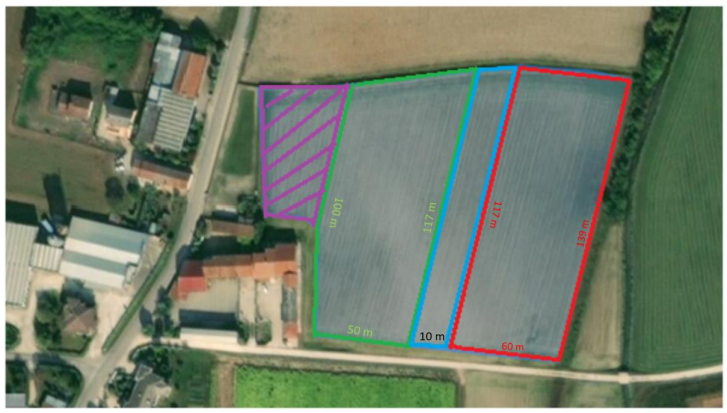
Field trial 1 is represented in green on the left: here, Power BioAger was applied in a dosage of 100 kg/ha in direct sowing.
The light blue area represents the Control trial, following our company nutritional protocol (no fertilization at sowing).
Lastly, the red area on the right shows Field trial 2, that is the application of 50 kg/ha of Power BioAger in direct sowing.
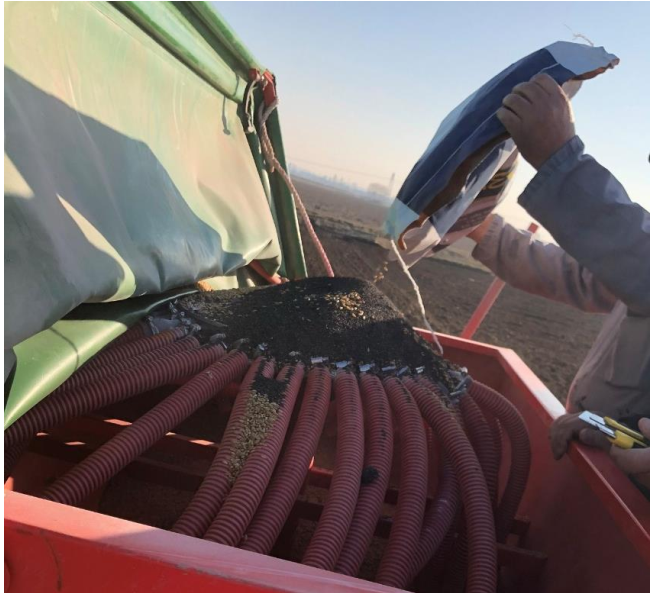
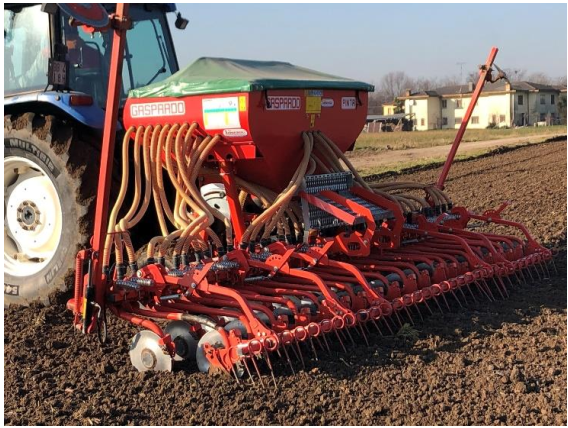
Previously, an analysis of the soil has been carried out by a credited laboratory, showing the following results:
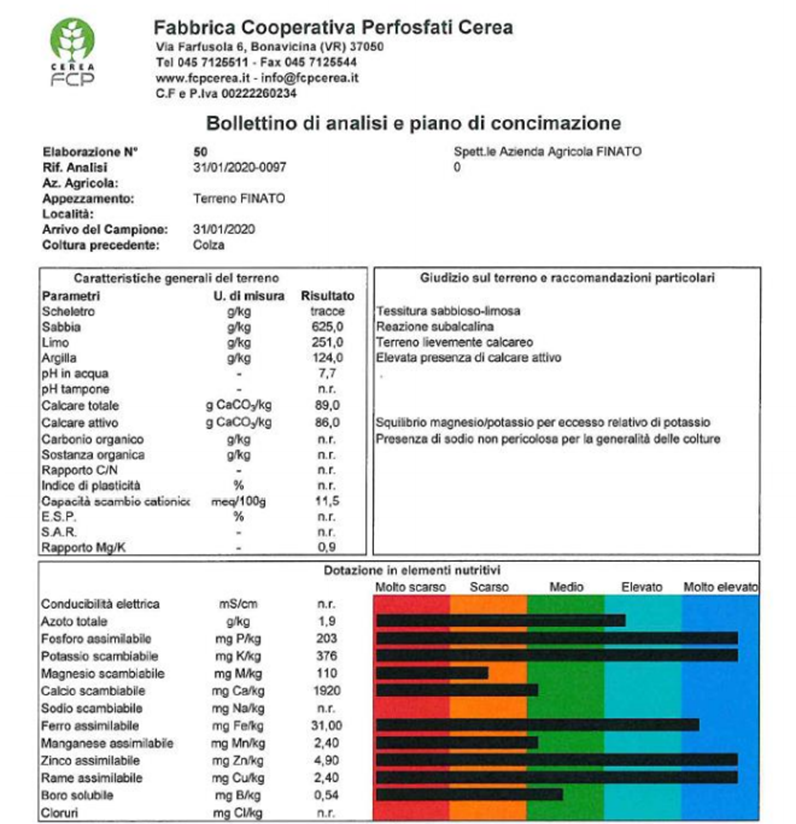
In the table below, the application period and the products employed in all three plots are reported. The difference between the Control trial and Field trials 1 and 2 is evident only at sowing, when no fertilizer was applied on the Control, while on the Field trials were applied different quantities of the same organic fertilizer (Power BioAger), as previously mentioned.

The pictures taken forty-seven days after sowing showed the germinated wheat and its root system, where significant differences were found between Field trials and Control.
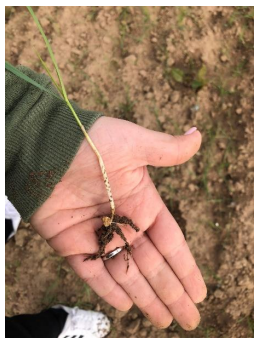
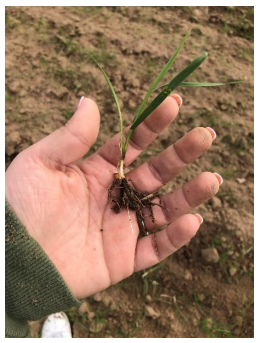
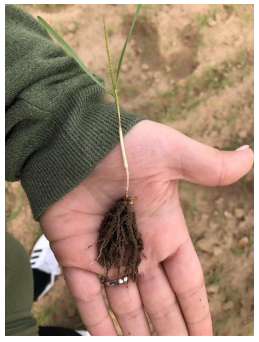
Afterwards, the heights of 10 plants were measured at earing for each trial and the number of ears per square meter were counted. Subsequently, during harvest, an estimation of yield per hectare of all three plots was made and these were the results: 26 quintals for the Control trial, 32 quintals for Field trial 1 and 36,5 quintals for Field trial 2 (chart 3).
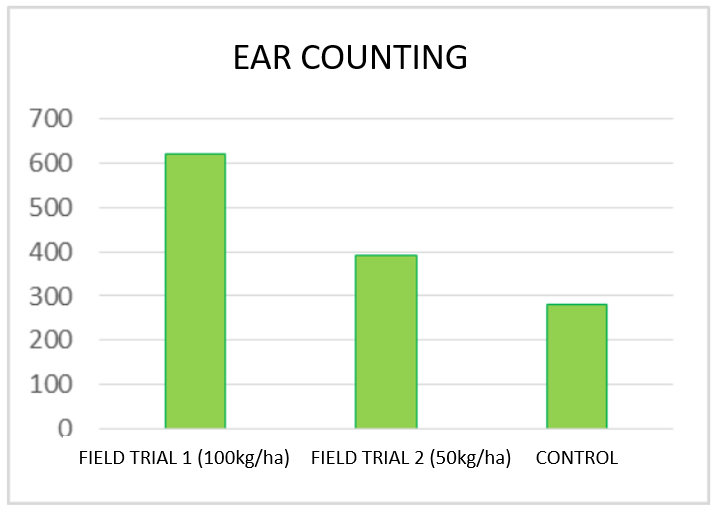
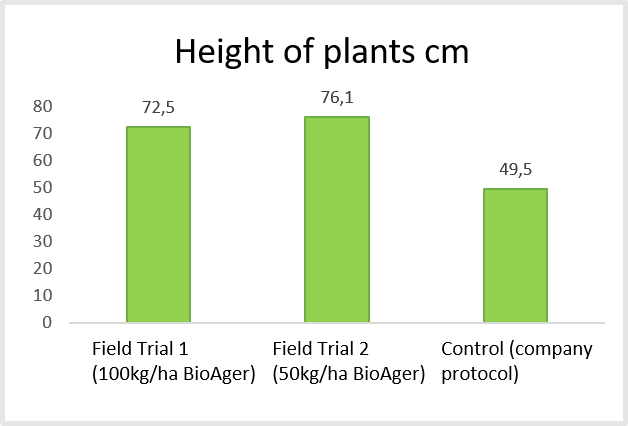


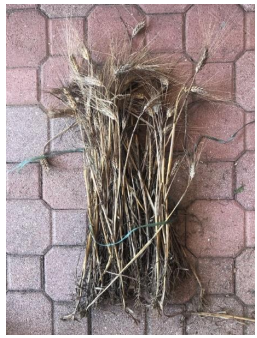
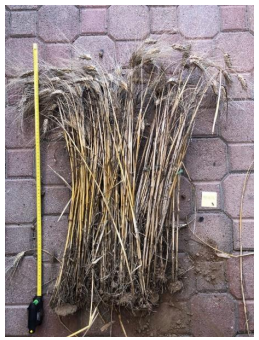
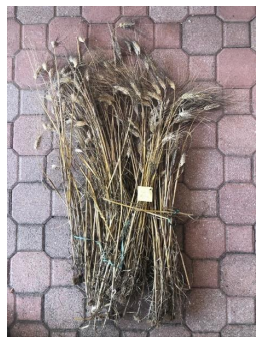
At a later stage, Cerea FCP agronomic laboratory carried out analyses in order to calculate the weight of a thousand seeds (g) and the hectolitre weight (kg/hl).
The humidity of wheat at harvest was registered at 17%. Wheat was then dried obtaining a percentage of humidity equal to 12%, with a loss of product of 3%.


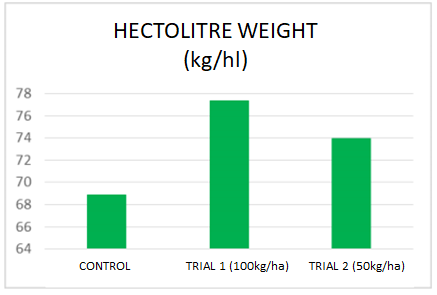
Conclusions
From the results obtained, it follows that, with the use of Power BioAger in the starter fertilization at sowing, higher yields per hectare with a greater production quality were registered: a higher weight of seeds, a major hectolitre weight. As regards the vegetative growth, it was observed that the radical system was more developed, the height of plants was higher as well as the number of ears per square meter (twice as much as in Control and Field trial 1).
The dosage per hectare which gave the best results in terms of yield was Field trial 2 (36,5 ql/ha). In Field trial 1 (100 kg/ha) crop conditions were optimal in the initial stages (more plants per m2) favouring an ideal tillering. However, this did not lead to production, since at booting and ripening the plant was not supported by an adequate nitrogen-based nutrition.
Applying high-quality products with the best technologies has the objective to produce more by employing less resources. The strategy Farm to Fork sets challenging objectives, therefore the job of the farming system and of the whole supply chain will be to innovate and to pursue an ever-increasing sustainable development.

